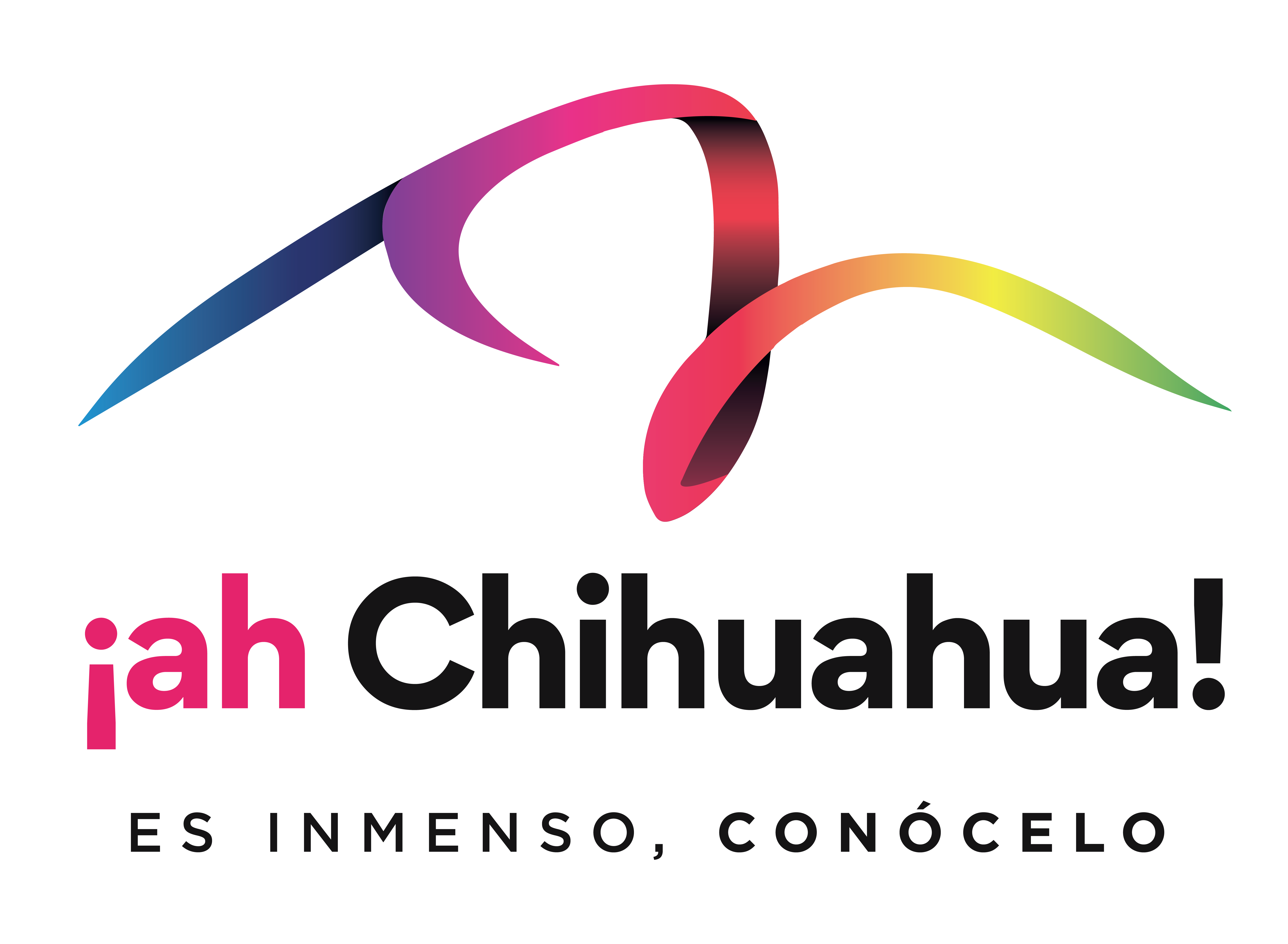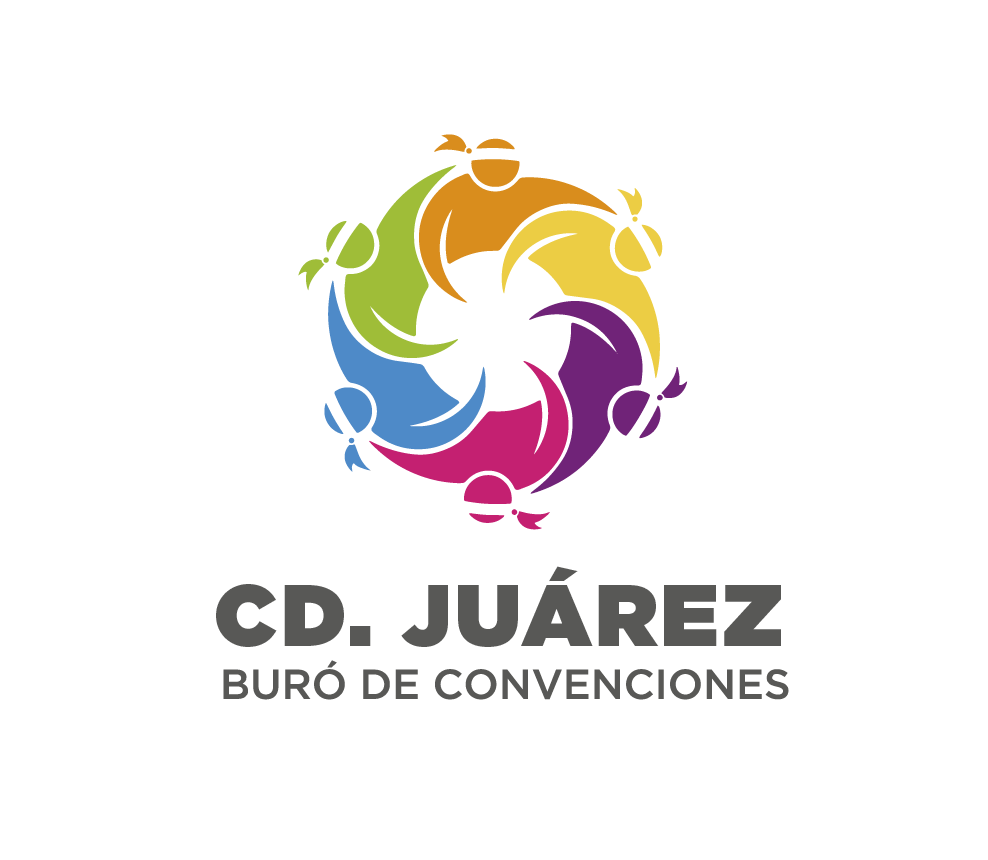5th INTERNATIONAL FOOD RESEARCH WORKSHOP.
IN THE CHIHUAHUAN DESERT REGION.
International Cooperation and Food Safety and Availability in a Changing World.
To be held at the Institute of Biomedical Sciences, Universidad Autónoma de Ciudad Juárez, with the participation of the Departments of Chemical-Biological Sciences, Health Sciences and Veterinary Sciences, in Ciudad Juárez, Chihuahua, Mexico, on May 19 and 20, 2025.
- Universidad Autónoma de Ciudad Juárez (UACJ).
- Universidad Autónoma de Chihuahua (UACH).
- New Mexico State University (NMSU).
- Universidad Autónoma de Coahuila (UAC).
- Centro de Investigación en Alimentación y Desarrollo (CIAD, A.C.), Unidad Cuauhtémoc.
Food research is crucial to address global challenges such as food security, sustainability and nutrition. Through innovation and scientific development, it is possible to improve the quality of life, promote more efficient agricultural practices and create safer and more nutritious food products. Multidisciplinary and inter-institutional collaboration allows for the integration of diverse knowledge and experiences, enriching the proposed solutions and promoting a holistic approach. This symposium seeks to encourage this type of collaboration, understanding that the sum of efforts from different areas of knowledge can generate significant and lasting advances.
Therefore, researchers, teachers and undergraduate and graduate students from the different departments of the participating institutions, as well as from other institutions in the region, are invited to present works that contribute to the advancement of science, technology or food production for humans and animals, according to the following thematic areas.
Call for Abstracts.
In all areas of Food Research carried out in the Chihuahuan Desert region, including food for humans and animals, nutritional, health, and toxicological aspects of food, production, processing, and marketing of food, agricultural practices, animal husbandry, and sensory analysis of food, among others. To encourage the participation of graduate students from their first year of studies, their research protocols will be accepted for presentation.
| Circular economy in human food and animal feed production (use of by-products for the formulation of food products, strategies to optimize the use of resources in food production, etc.) | CIE |
| Food safety (food microbiology, food safety, packaging and transportation, conservation, shelf life, etc.) | FSA |
| New alternatives in food production and processing (new agricultural and animal husbandry practices, innovations in food formulation and processing, sensory evaluation of new food products, etc.) | FPP |
| New challenges in nutrition and health (intestinal microbiome, nutrigenomics, health impact of ultra-processed foods, nutrition in vulnerable populations, malnutrition, obesity, diabetes, etc.) | NUH |
| Functional foods and nutraceuticals (formulation and characterization of functional foods, biological effects of bioactive compounds and foods, etc.) | FFN |
| Non-conventional and ethnic foods for human and animal consumption (edible natural resources, use of new food ingredients, etc.) | NCF |
| Academy-industry interphase (main challenges facing the food industry in the region and its links with academia). | IN |
TThe abstract should be written in Arial 12 font, single line spacing, and justified text. It should contain the following sections:
- Title (bold letters, centered, uppercase, and no period at the end).
- Names and surnames, institution, and email address of all authors. The name of the corresponding author should be indicated with an asterisk (*) and the legend "Corresponding author".
- A structured abstract of a maximum of 300 words, including: Introduction, Objective, Materials and Methods, Results (Expected Results for protocols), Conclusions (Expected Impact for protocols).
- 3-5 Keywords.
- Thematic area in which it will be presented.
- Presentation format.
- Poster (P)
- Oral Presentation (O)
- Oral Videoconference Presentation (V)
Poster presentations must be in English and must conform to the following dimensions: 1.20 m x 0.90 m, oriented vertically, made of any material. At least one of the authors must be present at least 15 minutes before and during the entire poster session, to provide feedback to attendees (questions and answers).
Oral presentations should preferably be in English, but presentations in Spanish will be accepted if the slides are in English. The presentation time will be 15 minutes with an additional 5 minutes for feedback with the attendees (questions and answers). To keep the schedule on track, all presenters are requested to adhere to these time limits when preparing their slides. The slides should be in 16:9 widescreen format.
Videoconferences will follow the same conditions as oral presentations. A backup video of the videoconference must be submitted no later than 3 days before the presentation date. The presenter should join the virtual room 10 minutes before the scheduled time of the session and remain there during the whole session.


